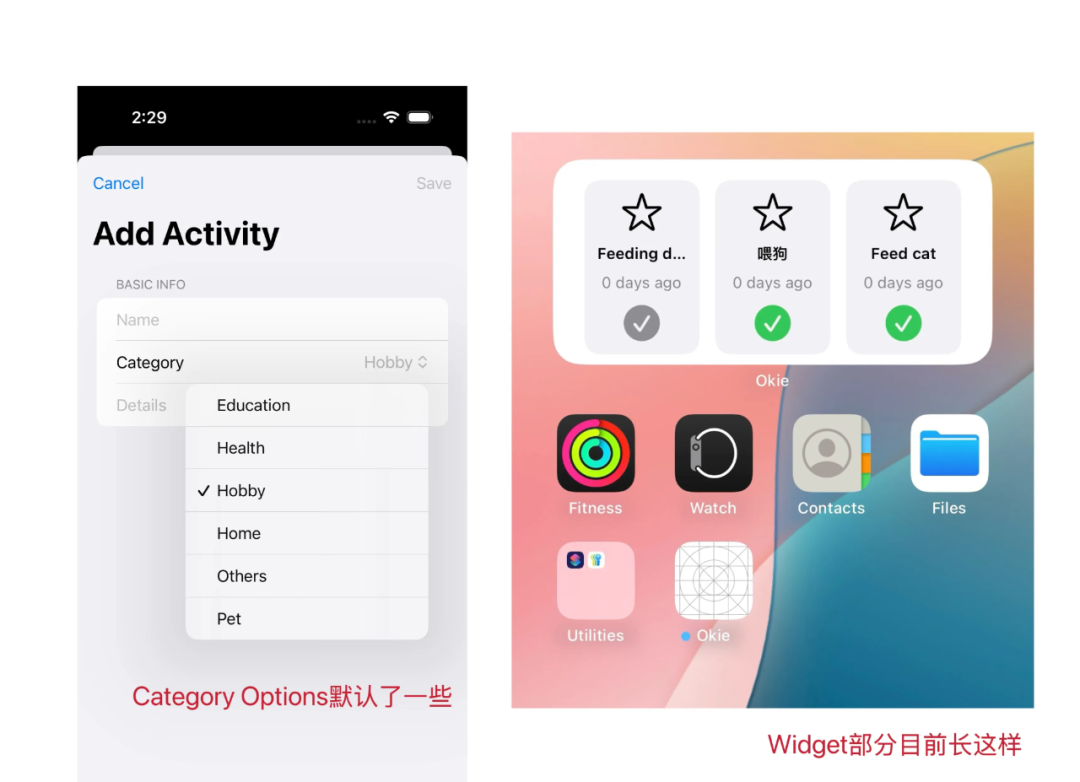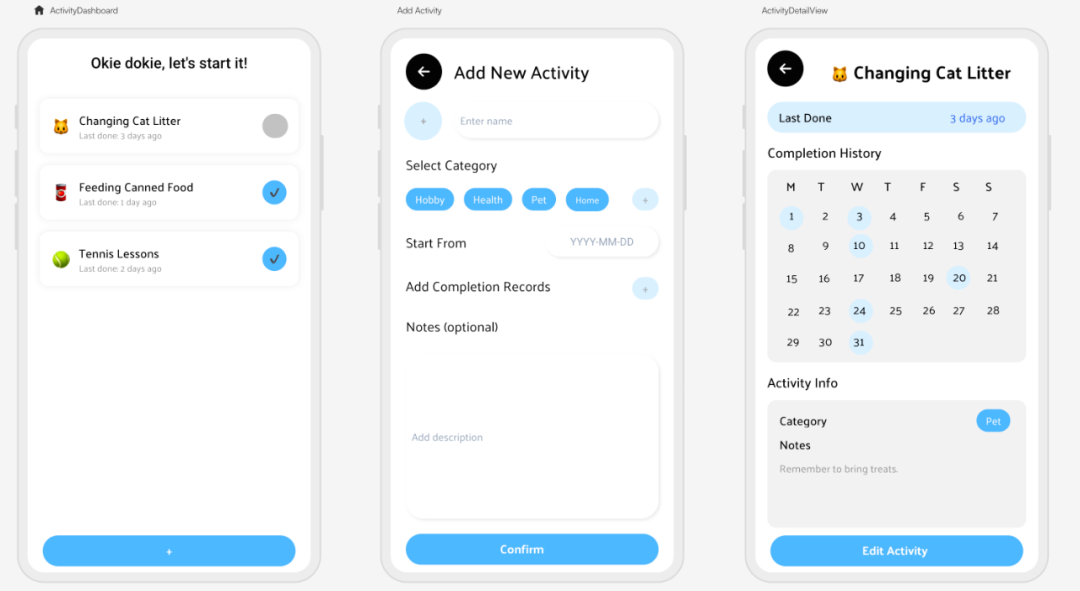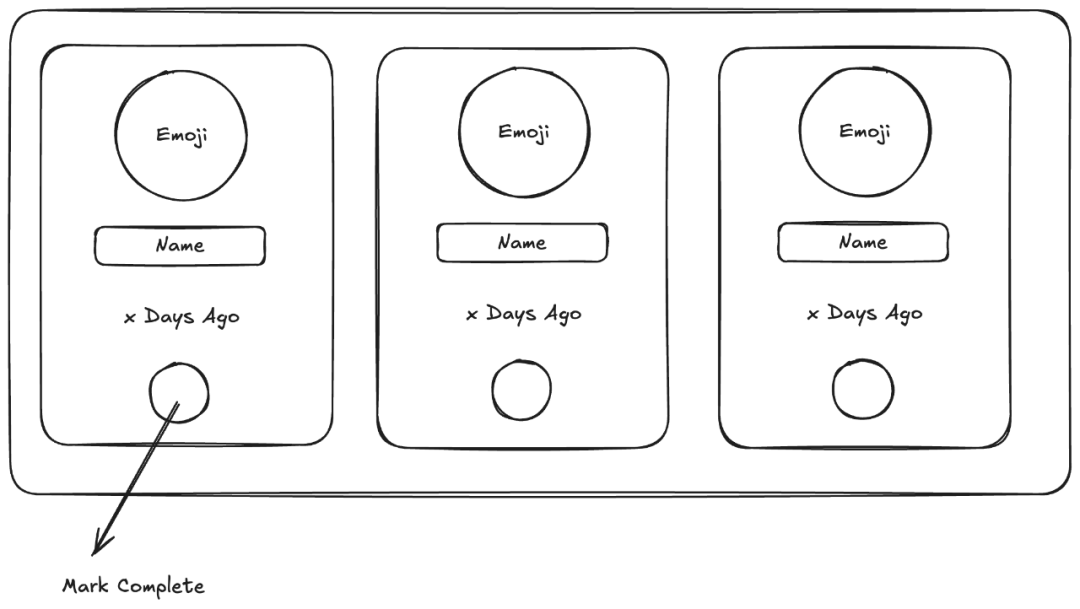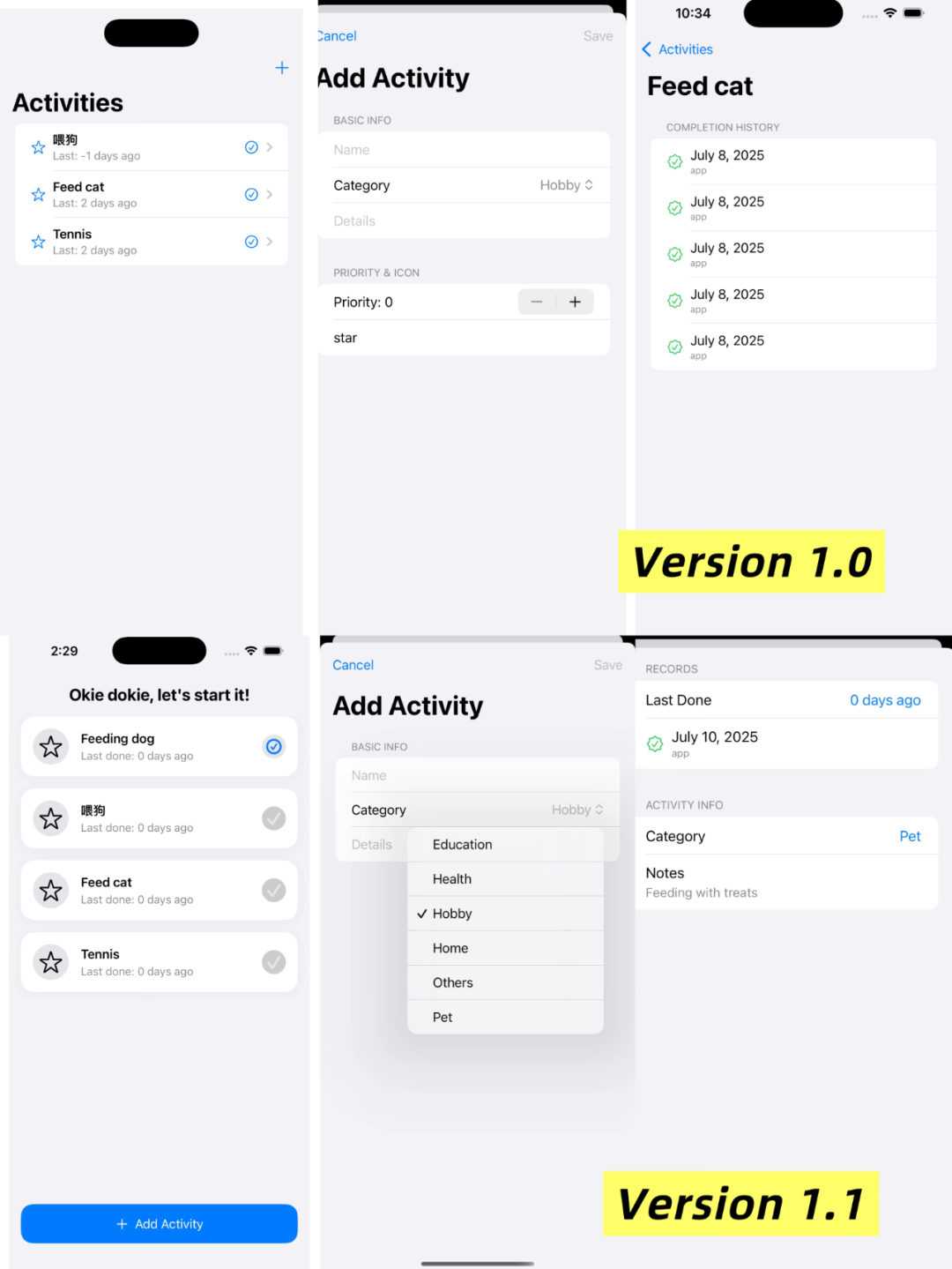What is Vibe Coding?
"Vibe Coding" is an emerging term for an intuitive, conversational approach to software development, where natural language prompts guide an AI coding assistant to generate functional code. After a seamless experience building an AI chatbot, I became intrigued by its potential. This led to a fundamental question: Could this AI-assisted methodology empower a complete novice to build a functional iOS application from the ground up?
Traditional tutorials often assume prerequisite knowledge, creating a common barrier for newcomers. My strategy was to bypass conventional learning paths and rely entirely on generative AI as my primary development partner to see if someone with no coding experience could succeed.
My goals for this experiment were:
- Test the Limits of Vibe Coding: Could I build a functional app just by having a conversation with an AI?
- Understand the Development Lifecycle: Use the project to learn the fundamentals of app development, from drafting a Product Requirements Document (PRD) to UI design and front-end vs. back-end systems.
- Go from Idea to Prototype: Turn a simple concept into a tangible, working iOS app in a field where I was a complete beginner.
How to Build an iOS App with AI: My 4-Step Process
Here is the high-level roadmap I followed to build my first prototype using an AI coding assistant:
Step 1: The Setup: Installing all the necessary tools and software like Xcode. Step 2: The Blueprint: Collaborating with generative AI to draft the initial PRD. Step 3: The Build: Using AI as a co-pilot to write Swift code in Cursor and Xcode. Step 4: The Polish: Refining the user interface to match the app's functionality.
Let's break down exactly how I brought this iOS app to life.
Step 1: Setting Up the iOS Development Environment
For me, this was relatively straightforward—I just needed to download Xcode. However, environment setup can be a nightmare for newcomers and is often the first major roadblock. My advice is to power through it. Once your tools are configured, you've already won half the battle.
Step 2: Creating a Product Blueprint with Generative AI
This is where the magic of AI-assisted development begins. The goal is to have a detailed conversation with a generative AI to create a solid PRD. This document becomes the source of truth that the AI will later use to generate code. My primary tools for this were ChatGPT-4o and Claude 3 Sonnet.
This phase took longer than the actual coding, as I used my AI conversations to refine a vague idea into a concrete plan.
I started by comparing the three major AI models: ChatGPT, Claude, and Gemini.
ChatGPT grasped my intent quickly but was too eager, jumping ahead and disrupting my workflow. Claude, however, was the standout collaborator. It was concise and asked clarifying questions before proceeding.
This led me to a powerful dual-AI workflow. I used Claude for structured conversations about the app's core logic and kept a separate ChatGPT window open for random, one-off questions like "What's the standard format for a PRD?" or "Remind me what Figma is?".
Here are some snippets from our conversations. My initial prompt to all three AI models:
This is the requirements validation phase. I want to know if my needs can be met with iOS's built-in apps, automation settings, and widgets. After our chat, we can determine if it's worth creating an app to fill in any functional gaps.
And here are the initial responses I got back:
My handwritten notes comparing the feedback from each AI:
Be warned: AI can generate a lot of "noise" and cause scope creep by suggesting unnecessary features for an MVP. I learned to cut through the noise and stay focused on my core goal.
After several rounds of back-and-forth, Claude generated a solid first draft of the PRD. With a final manual review, the blueprint was ready.
Step 3: Using an AI Pair Programmer to Write Swift Code
With the PRD finalized, I fed it back to Claude, which broke down the development process into actionable steps. My workflow became a simple loop: Claude provided the high-level plan, and ChatGPT answered my specific "how-to" questions about writing Swift code.
Inevitable error messages appeared, but my process was straightforward: copy the cryptic error, paste it into the AI, and implement the suggested fix. This AI pair programmer approach made debugging manageable.

Slowly but surely, a functional app started to take shape on my screen.

Step 4: Designing and Polishing the App's UI
The AI-generated UI was functional but basic. I decided to design the interface myself to better match my vision.
I briefly tried Figma and the AI UI generator Uizard before settling on Excalidraw, a simple whiteboarding tool perfect for quick sketches.
Here's the interface Uizard generated, followed by my manual adjustments:


From there, I described my Excalidraw sketch to the AI, turning the visual design into a descriptive prompt and letting it generate the corresponding UI code.
What I Built: A Simple Task Tracking App
The app idea came from a personal need to track recurring tasks for my cat—like feeding and brushing—without a rigid schedule. I needed a tool for tasks that are "planned, but not too planned."
The final app does three simple things:
- Quick Completion: A home screen widget to check off tasks.
- At-a-Glance Status: Shows the last completion time for each task.
- History Tracking: An in-app calendar to view completion history and frequency.
Here is the final result:

This concept is also perfect for tracking hobbies like tennis or dancing, allowing me to see my "play frequency" without the pressure of a to-do list.
The Future of AI-Assisted Development
This experiment shows that the barrier to entry for software development is lower than ever. The rise of powerful AI coding assistants creates a new paradigm, enabling individuals with strong ideas but limited technical skills to build and test functional prototypes. This "vibe coding" approach democratizes the initial stages of creation, allowing for rapid iteration and validation of concepts.
The future of innovation may belong not just to those who can write complex code, but to those who can ask the right questions and artfully guide AI collaborators. This account is a practical roadmap for aspiring creators, proving that a compelling idea is the most critical component for bringing a digital product to life.
Key Takeaways
• Vibe Coding uses natural language prompts to simplify software development for beginners.
• AI coding assistants like ChatGPT can help novices create functional iOS apps.
• Traditional tutorials often create barriers; Vibe Coding offers a more accessible approach.